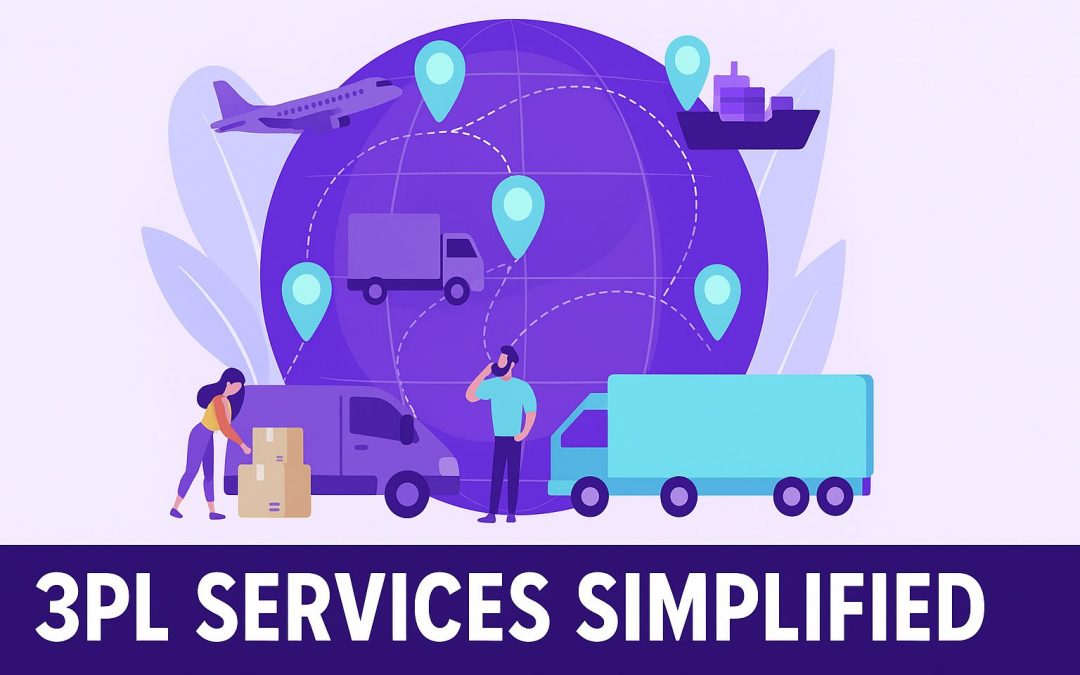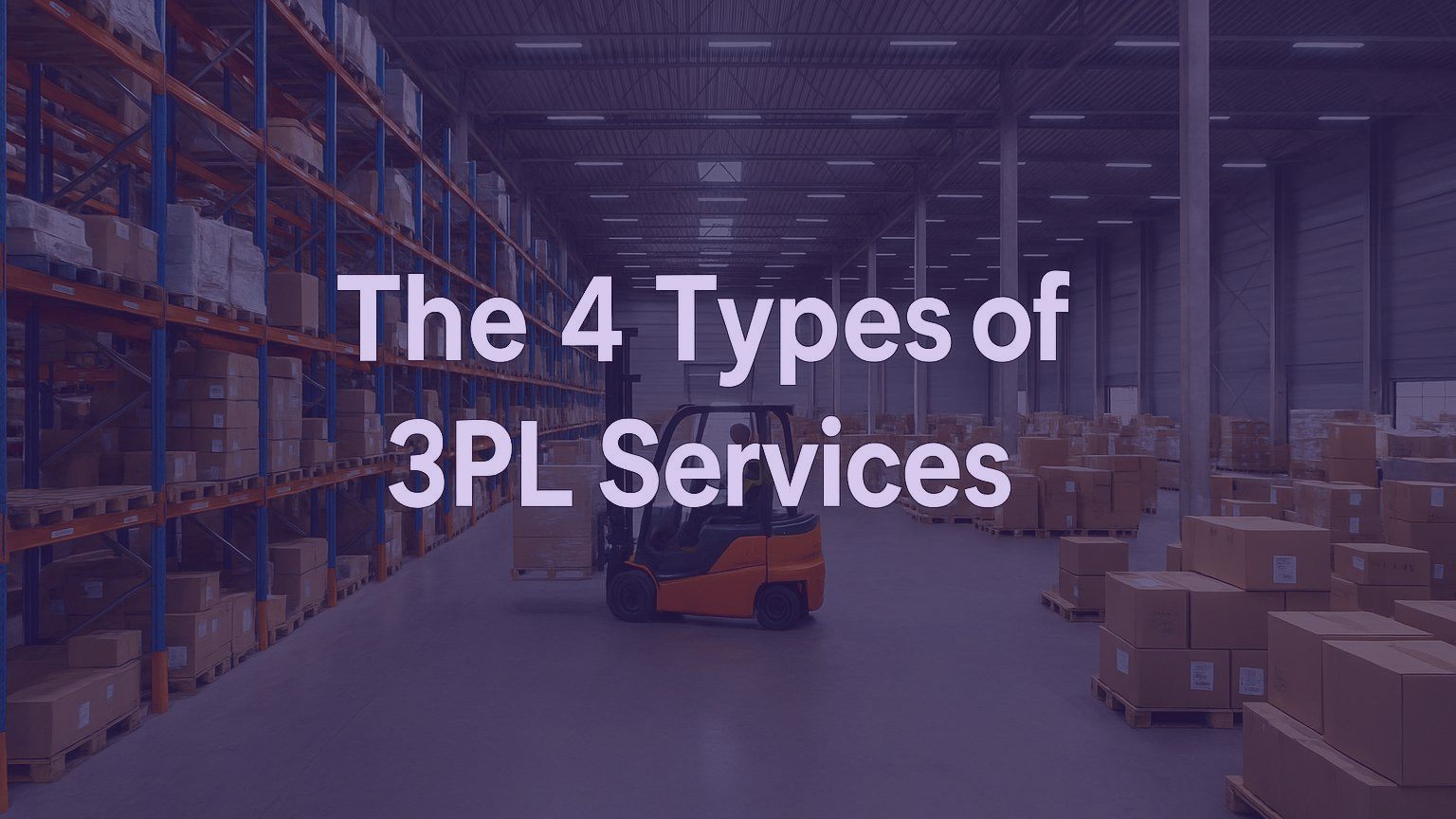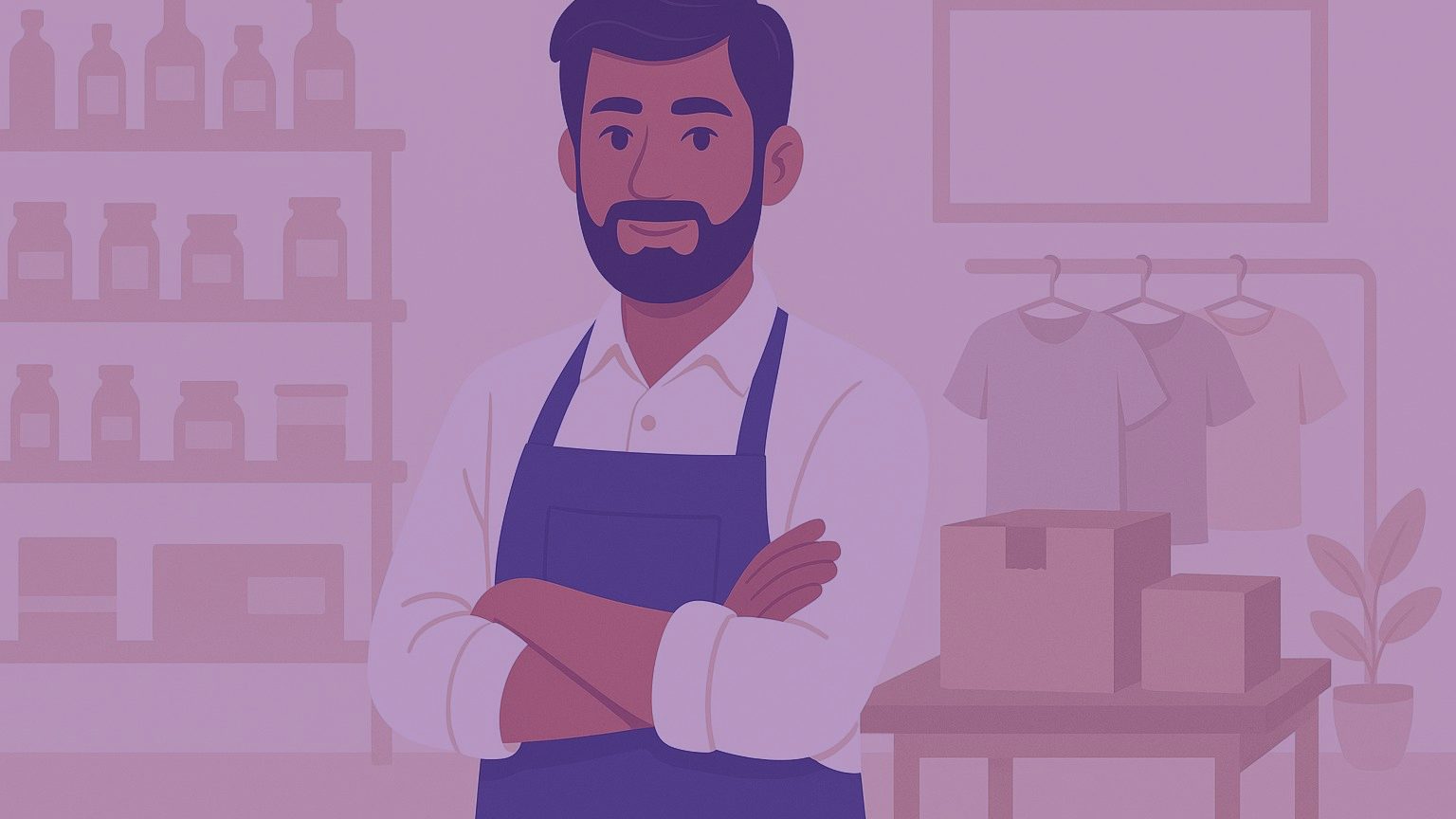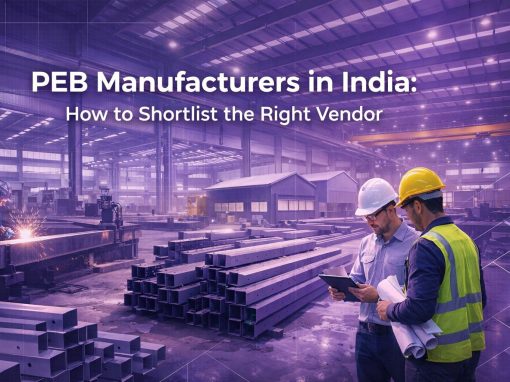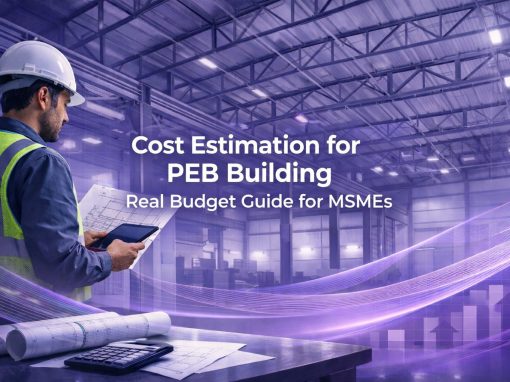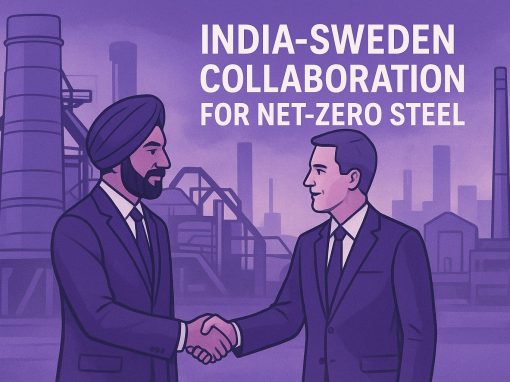What are 3PL services?
Logistics is a major element in supply chain management and businesses need to set up a system that takes care of its logistics needs in a streamlined manner. Many organisations instead of using their own fulfilment services, outsource them to third-party logistics providers or to 3PL services.
3PL refers to services that offer supply chain and logistics operations such as warehousing, packaging, transportation, and order fulfillment to businesses. Depending on scale, a 3PL logistics service could be a single provider covering only transportation or can be a systemwide package of services encompassing the entire 3PL supply chain management.
Additionally, 3PL warehouses handle inventory of multiple businesses in addition of their own. Such 3PL service providers are called hybrid 3PL. It may be noted that private warehouses, usually owned by manufacturers or retailers, catering to the fulfilment of their own products are not considered as 3PLs. 3PL services offered also include other value-added services such as inventory management, procurement, postponement packaging and others.
• Cost saving
• Risk management
• Technologically advanced
• Operational control
• Saves time
Differences between 3PL and 4PL?
The Indian logistics sector is vast. It covers global players, small local players, courier services, and more. In order to cater to the diverse needs of the sector, logistics service providers often offer value-added services to support the over logistics and supply chain flow.
Let us understand the meaning of 3PL and 4PL service providers. We have already discussed above in detail what a 3PL service is. On the other hand, a 4PL provider manages all aspects of the supply chain including elements of IT, procurement, and finance. A 4PL generally outsources the managing of physical goods to one or more 3PLs.
The basic difference between 3PL and 4PL service providers lies in the fact that 3PL provider focusses on the day-to-day operations of supply chain logistics while a 4PL focusses on optimising your entire supply chain. Therefore, a 4PL controls your entire logistics operation and gives you the bandwidth to focus on your business expansion. Moreover, a 4PL acts as the single point of contact in your supply chain management, whereas 3PL only takes care of specific aspects of the same.
What are the Four Types of 3PL Services?
3PL services has evolved over the years and there has been transformational changes with the rise of eCommerce, especially with the addition of last-mile delivery logistics and reverse logistics for eCommerce. Depending on the type of logistics services required, 3PL can be divided into four common types – you can choose the type to suit the needs of your individual business. Below are the types of third-party logistics:
1. Standard 3PL Providers
As the word ‘standard’ suggests, this type of 3PL service is the most common logistics services available to pick and pack your goods. Standard 3PL providers performs basic logistics function. It provides a small range of services to companies with particular needs and do not offer any innovative approach to logistics functions. A standard 3PL provider usually offers warehouse and logistics services at a comparatively lower rate mainly because their services are basic. If you are an eCommerce retailer and require only basic logistics support, you can avail the service of a standard 3PL company.
2. 3PL Service Developers
In addition to standard 3PL services, 3PL service developer also offers IT infrastructure and management enabling you to track and trace where your goods are using their system. Service developer 3PL is built on a strong IT infrastructure and offer many value-added services such as tracking, cross docking, and specific packing. Owing to these additional infrastructure and expertise customers can enjoy safety and reliability of their products.
It may however be noted that service developers do not offer an all-inclusive, tailored transportation management solutions. In case you want to ensure that your products like raw materials, finished products, and perishable items are safe and sound, you can avail the 3PL service developer 3PL service.
It may be noted that some third-party logistics may also offer package selection and cross decking. Let us understand the difference between the two: While package selection allows clients to choose which packaging to use cross docking enables clients to transfer an item from one truck to another with no requirement for storage.
3. 3PL Customer Adapters
This type of 3PL company is comprehensive in nature and handles all end-to-end logistics activities for clients inclusive of managing the shipping process, providing rate maintenance and negotiation with carriers. It is a wiser choice for clients as compared to standard 3PL as customer adapters exert total control over your logistics activities for a complete shipping management.
Customer adapter 3PL helps in running the entire logistics on behalf of the hiring company. Therefore, this type of 3PL service do not create its own operation as it inherits the logistical operation from the hiring company. In terms of expenses, customer adapters are expensive compared to the standard one as it involves heavy personnel involvement in the logistics function. If you want to avail 3PL customer adapters, you will be provided access to technology like transportation management system. This will help you to gain visibility into the processes and enable you to customise shipments as required.
4. 3PL Customer Developers
Customer developers are mostly used by large companies. They offer a comprehensive and specialised innovative logistics solutions. Customer developers exert complete control of the logistic functions for the company and builds up an integration with the company for streamline, support and to develop new logistics solutions. This type of 3PL also takes over the logistics of the hiring company.
But, unlike customer adapters, 3PL customer developers integrate themselves with the hiring business. Using a 3PL customer developer is quite expensive as it involves heavy amount of work, personnel, and responsibility to take care of all logistics operations for the client.
Technology in 3PL and Benefits for MSMEs
Modern third-party logistics services use the latest technology to speed up, improve visibility, and make supply chains work better. These technologies make it easier for MSMEs to work with a 3PL partner because they are more reliable, open, and under their control. Using technology in 3PL makes it easier to grow your business and meet customer needs without having to spend a lot of money up front.
A Tech Checklist for Choosing a 3PL Partner
Warehouse Management System (WMS):
Look for features like real-time inventory visibility, barcode/RFID support, and automated order picking.
Transportation Management System (TMS):
Check that the 3PL provider can find the best routes, combine shipments, and compare prices between carriers.
AI/ML Capabilities:
Ask the provider if they use predictive analytics to plan resources, improve routes, and predict what people will want.
IoT and tracking solutions:
Check to see if they have GPS tracking, sensors for temperature and humidity, and notifications for delays or damage to shipments.
Integration with your Systems:
Find out if the 3PL can connect their systems to your ERP, CRM, or e-commerce systems so that data can move between them without any problems.
Customer Dashboards and Reports:
Make sure you can see simple dashboards that show you how much your shipments cost, how well they are doing, and what their status is.
3PL in the Indian Market Landscape
India’s 3PL sector is highly fragmented yet rapidly growing, with both domestic and global players catering to different business needs. The market can broadly be segmented into the following categories:
Major 3PL Players in India by Segment
| Segment | Key Players | Focus/Strengths |
| E-commerce Focused | Shiprocket, Delhivery, XpressBees, Ecom Express | Fast fulfillment, last-mile delivery, reverse logistics, wide PIN code coverage. |
| Global Operators | DHL, FedEx, UPS | International freight forwarding, multimodal transport, customs clearance. |
| Specialised Logistics | Mahindra Logistics, TVS Supply Chain, Coldman Logistics, Snowman Logistics | Automotive supply chain, pharma cold chain, industrial goods, temperature-controlled shipments. |
| Express & Courier | Blue Dart, DTDC, Gati, Safexpress | Domestic courier, express delivery, SME parcel movement, pan-India connectivity. |
| Contract Warehousing | Allcargo, Stockarea, Jayem Warehousing, Access Warehousing | Long-term warehousing, distribution centers, integrated supply chain solutions. |
Cost and Pricing Models of 3PL in India
Charges for 3PL services can vary widely, and understanding these models is crucial for MSMEs. Let us understand these factors so it is easier to select the right 3PL provider depending on your business size, shipment volume, and industry type.
| Pricing Model | How it Works | Example Scenario |
| Per-Order Fee | Fixed fee per order processed (pick, pack, ship) | *₹40–₹60 per order for an e-commerce seller shipping 500 orders/month |
| Per-Kilometer Rate | Charges based on distance covered in delivery | *₹12/km for transporting goods 300 km within the state |
| Fixed Warehouse Fee | Monthly/annual rental for storage space and inventory management | *₹25,000/month for a 2,000 sq. ft. warehouse space |
| Revenue-Sharing Model | Costs linked to sales or order value | *5% of monthly sales value shared with logistics partner |
*All prices are suggestive and can vary between providers etc.
Which Pricing Model Works Best for MSMEs?
- Small Businesses and Startups:
A per-order fee works best for low-shipment volumes since it avoids high fixed costs. This model is ideal for e-commerce sellers testing new markets.
- Medium-sized Businesses:
A mix of per-kilometer rates for transportation and fixed warehouse fees is usually cost-effective. It balances storage needs with regular shipment flows.
- Large MSMEs/High-volume Sellers:
Fixed warehouse fees combined with revenue-sharing models can be more economical at scale. It ensures predictable costs while giving flexibility to grow with sales volumes.
By aligning the pricing model with business size and shipment frequency, MSMEs can optimise costs and avoid overspending on logistics.
Sector-Specific and Regional 3PL Needs
Sector-specific and regional disparities add another layer of complexity. MSMEs in tier-2 and tier-3 cities often have unique logistics requirements. Here, 3PL partners play a critical role by bridging these gaps. Let’s take a closer look.
Sector-Specific Logistics Needs and 3PL Solutions
| Sector | Key Logistics Challenges | 3PL Solutions |
| Textiles | Export dependency, seasonal demand, port connectivity. | Consolidation hubs, multi-modal transport, flexible warehousing. |
| Agro & Food | Perishability, cold storage gaps, demand fluctuations. | Reefer trucks, cold chain networks, temperature-controlled warehouses. |
| Pharma | Compliance-heavy, temperature-sensitive, strict timelines. | GDP/GMP-compliant warehousing, real-time tracking, specialised cold chain logistics. |
| Auto Components | Just-in-time delivery, bulky shipments, OEM cluster focus. | Bulk handling, dedicated transport fleets, vendor-managed inventory near OEM hubs. |
| Steel & Metals | Heavy load handling, safety, high transport costs. | Specialised carriers, bulk storage facilities, multimodal transport solutions. |
Tier-2 and Tier-3 MSME Logistics Challenges and 3PL Solutions
| Challenge | Impact on MSMEs | 3PL Solutions |
| Limited organised warehouses | Higher storage costs, poor inventory management. | Shared warehousing, on-demand storage, hub-and-spoke distribution centres. |
| Poor last-mile connectivity | Delayed deliveries, customer dissatisfaction. | Tech-driven last-mile delivery, route optimisation, tie-ups with local transporters. |
| Fragmented transport networks | Unreliable service, inconsistent freight pricing. | Aggregated transporter networks, digital freight platforms, TMS integration. |
| Lack of tech adoption locally | Low visibility of shipments, manual errors. | 3PL dashboards, mobile tracking apps, IoT/GPS-enabled vehicles. |
| Seasonal demand fluctuations | Idle capacity or unmet demand during peak seasons. | Flexible contracts, scalable warehousing, dynamic fleet allocation. |
Government Initiatives Supporting MSMEs and 3PL
- ONDC’s MSME-Trade Enablement & Marketing Initiative (MSME-TEAM)
This programme, which started in early 2025, is meant to help about 5 lakh MSMEs join ONDC (Open Network for Digital Commerce). It includes money help and workshops to raise awareness so that MSMEs can access a larger logistics ecosystem.
- ONDC Monthly Support Scheme for Logistics, F&B, Grocery & D2C Sectors
As of the middle of 2025, ONDC offered specialised financial support programs to help businesses in logistics, food and drink, groceries, and direct-to-consumer sales. These programs help MSMEs cut costs and improve their delivery and logistics capabilities.
- LEADS (Logistics Ease Across Different States) Index Expansion
The 2024 version of LEADS used things like corridor access and terminal speed to rate how well states were doing with their logistics. By 2025, it had grown even more to include metrics for digital logistics and sustainability. States that ranked higher in these indices tend to have better infrastructure, shorter transit times, and more effective policies for MSMEs.
- Growth of 3PL Warehousing Space & Government-Backed Infrastructure Push
In 2024, 3PL companies in India started using a lot more warehouse space. 3PL companies took up about 33% of all the warehousing space. The government focused on infrastructure (like multi-modal logistics parks), better connectivity, and programs like the Production Linked Incentive (PLI) schemes that encourage domestic production and, as a result, logistics demand. These actions help MSMEs indirectly by making more modern warehouse space available, increasing supply, and increasing competition.
Case Study: How a Garment Exporter Reduced Delivery Costs with 3PL
A small garment exporter based in Tiruppur struggled with high logistics expenses while shipping orders to buyers in Europe and North India. Managing warehousing and transport in-house was proving costly and inefficient, with frequent delays.
By outsourcing to a 3PL partner, the exporter gained access to shared warehousing near ports and multi-modal transport options. The 3PL also provided technology tools for shipment tracking and customs clearance support. Within six months, the MSME reported a 20–25% reduction in delivery costs, faster turnaround times, and improved reliability in meeting buyer schedules.
For many MSMEs, this example shows how 3PL services can free up working capital, improve customer satisfaction, and enable business growth without heavy investment in logistics infrastructure.
Conclusion
For Indian MSMEs, 3PL services are no longer just an option but a necessity to stay competitive in a cost-sensitive market. By outsourcing logistics, businesses gain access to technology, sector-specific expertise, and nationwide networks without heavy investments. Government initiatives and growing 3PL capacity are further reducing entry barriers for small businesses. Choosing the right 3PL partner can help MSMEs scale faster, serve customers better, and focus on core business growth.
Need reliable logistics solutions for your business?
Tata nexarc helps businesses streamline their supply chain with trusted transporters, competitive pricing, and real-time tracking—ensuring timely and cost-effective delivery across India.
Explore logistics solutions with Tata nexarc
FAQs
Do third-party logistics (3PL) providers help MSMEs with international shipping?
Do 3PL companies handle returns and reverse logistics?
Can small and very small businesses afford 3PL services?
How safe are my shipments with 3PL companies?
Can MSMEs link their online stores to 3PL partners?
What do third-party logistics (3PLs) companies do with the cold chain?
How can MSMEs know if their 3PL partner is doing a good job?
Do third-party logistics companies help you fill out forms and shipping regulations?
Can an MSME work with more than one 3PL?
Do 3PLs care about environmental consciousness?
Pradeep a SEO professional and passionate content writer who loves writing on various topics with 5 years of experience. At Tata nexarc, it has been 4 years since he is helping MSMEs to know the business challenges deeper and strategies to solve those. While not writing, he loves reading about digital marketing to hone his skills for business growth.
